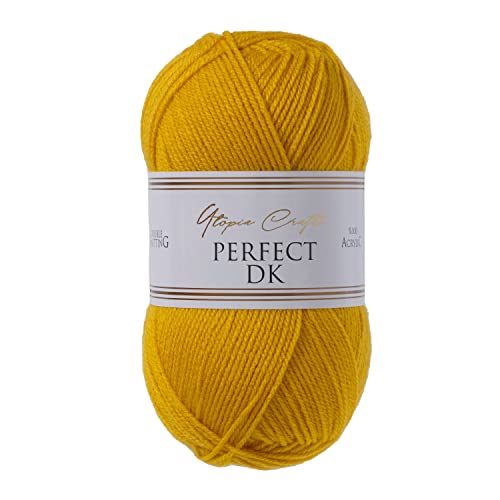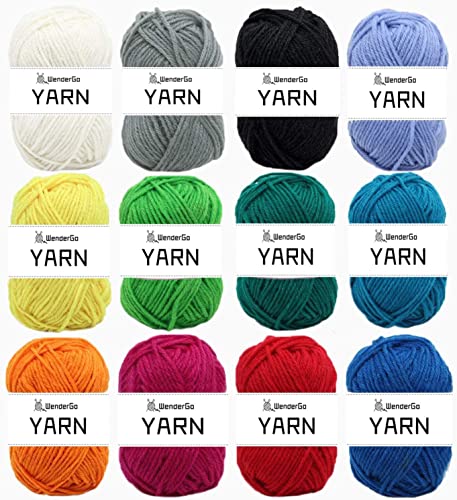Proper Storage Techniques to Prevent Moths from Infesting Your Yarn
If you are an avid knitter or crocheter, you know how important it is to keep your yarn in pristine condition. However, one of the biggest threats to the quality of your yarn is moths. These tiny insects can wreak havoc on your stash, leaving behind holes and causing damage. To protect your yarn from moths, it is crucial to follow proper storage techniques. Here are some effective tips to ensure your yarn remains moth-free.
Clean Your Yarn before Storage
Before putting away your yarn for an extended period, it is essential to ensure that it is clean. Moths are attracted to natural fibers, such as wool, cashmere, and silk, which often serve as their food source. By cleaning your yarn items thoroughly, you can eliminate any potential moth eggs or larvae that may be hiding in the fibers.
To clean your yarn, follow the recommended care instructions for each type. Most yarn can be hand-washed using a gentle detergent. Avoid using any harsh chemicals or bleaches that could damage the fibers. Once cleaned, allow the yarn to air dry completely before storing.
Store Yarn in Airtight Containers
Moths are attracted to the scent of natural fibers, so it is crucial to store your yarn in airtight containers to prevent them from infesting it. Airtight containers like plastic bins or vacuum-sealed bags create a barrier that keeps moths out. Make sure the container does not have any gaps or openings that moths can sneak through.
Before storing your yarn in a container, it is advisable to place scented moth repellents like lavender sachets or cedar chips inside. These natural repellents will help deter moths from approaching your yarn stash. Avoid using mothballs as they contain toxic chemicals that can be harmful to both humans and pets.
Separate Your Yarn by Type
When storing your yarn, it is essential to separate it by type. Different fibers can attract different types of moths. By separating your yarn, you can prevent cross-contamination and protect your entire stash.
Label each container or bag with the type of yarn it contains to make it easier to identify. This will also help you sort through your stash when you need a specific type of yarn for a project. Keep an inventory of your yarn collection so you can easily keep track of what you have.
Regularly Inspect Your Yarn
Even with proper storage techniques, moths can sometimes find their way into your yarn stash. It is crucial to regularly inspect your yarn to catch any signs of infestation early. Check for small holes, webbing, or casings that may indicate the presence of moth larvae.
If you notice any signs of infestation, remove the affected yarn immediately. Place it in a sealed bag and freeze it for a week to kill any remaining eggs or larvae. Afterward, discard the infested yarn to prevent the infestation from spreading to other parts of your stash.
Create a Moth-Free Environment
In addition to proper storage techniques, creating a moth-free environment in your home can also help prevent infestations. Keep your home clean and vacuum regularly, paying close attention to areas where insects may hide, such as carpets, rugs, and upholstery.
Consider using moth traps or pheromone traps in areas where you store your yarn to catch any moths that may be lurking about. These traps attract and capture adult moths, preventing them from laying eggs in your yarn stash.
By following these storage techniques and maintaining a moth-free environment, you can protect your yarn from infestations and ensure that it remains in pristine condition for your future knitting and crochet projects.






